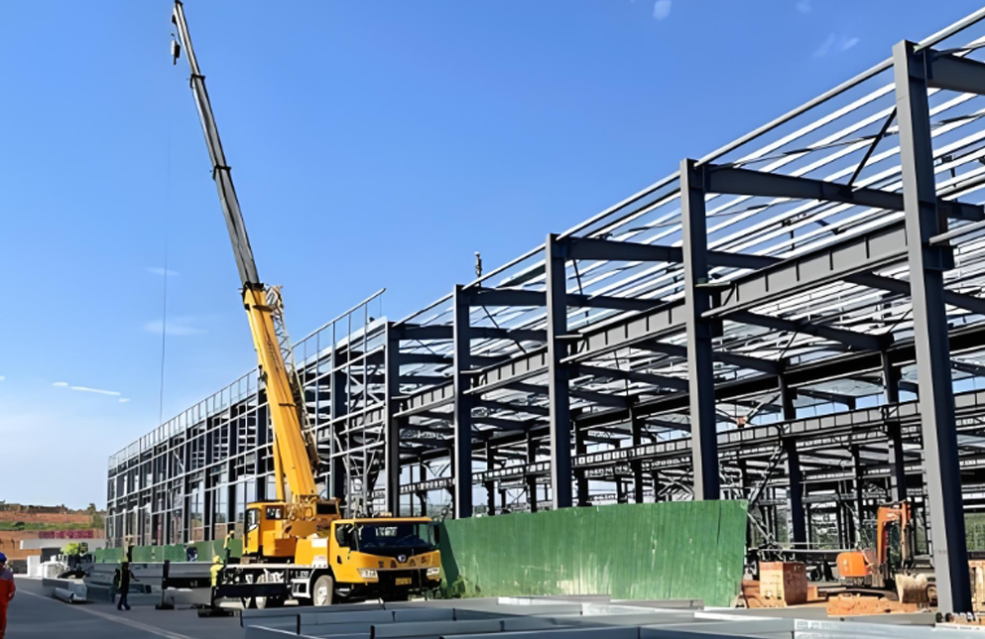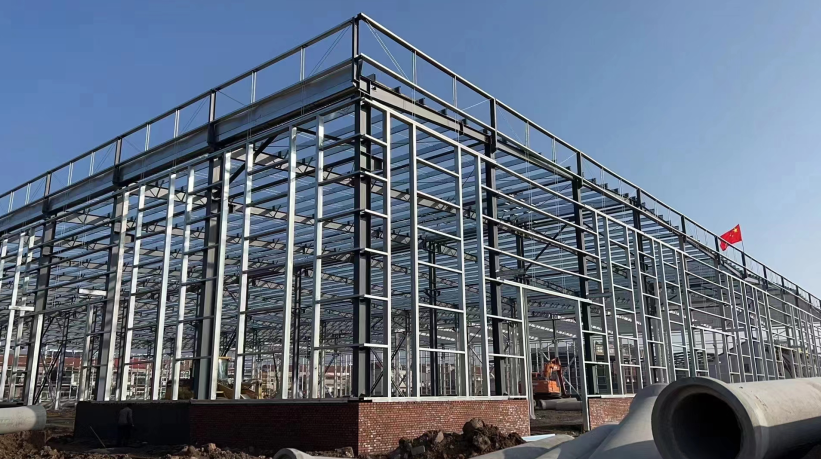Roof Panels for Steel Structure Factory Buildings
After the assembly of steel structure factory building components is completed, the installation of steel structure roof panels can proceed. There are two common types of steel structure roof panels: steel structure sandwich panels and steel structure profiled sheets. Today, let's delve into the details!
Steel structure sandwich panels are composed of two layers of formed metal panels (or other material panels) and a high-molecular interior core that is foamed and matured directly between the panels. Such sandwich panels are easy to install and lightweight yet efficient. The filling system uses a molecular structure that prevents the condensation of water vapor. The outer steel panel is formed with full consideration of structural strength requirements while also being aesthetically pleasing. The inner layer is formed into a flat plate to adapt to various needs.

Sandwich panels come in many varieties, and the most widely used ones on the market currently are: polystyrene sandwich panels, also known as EPS sandwich panels; extruded polystyrene sandwich panels, also known as XPS sandwich panels; rigid polyurethane sandwich panels, also known as PU sandwich panels; polyester sandwich panels, also known as PF sandwich panels; rock wool sandwich panels, also known as RW sandwich panels; and foam metal sandwich panels.
Color profiled sheets are made of color-coated steel plates that are roll-pressed and cold-bent into various waveforms. They are suitable for industrial and civil buildings, warehouses, special buildings, large-span steel structure factory building roofs, walls, and interior and exterior wall decorations. They are lightweight, high-strength, have a rich color palette, are easy and quick to install, are earthquake-resistant, fire-resistant, rainproof, have a long lifespan, and require no maintenance. They have been widely promoted and applied.

These two types of roof panels are convenient for connection, transportation, have a short production cycle, are easy to install, provide insulation and moisture protection, and are currently the most commonly selected steel structure maintenance systems on the market.



